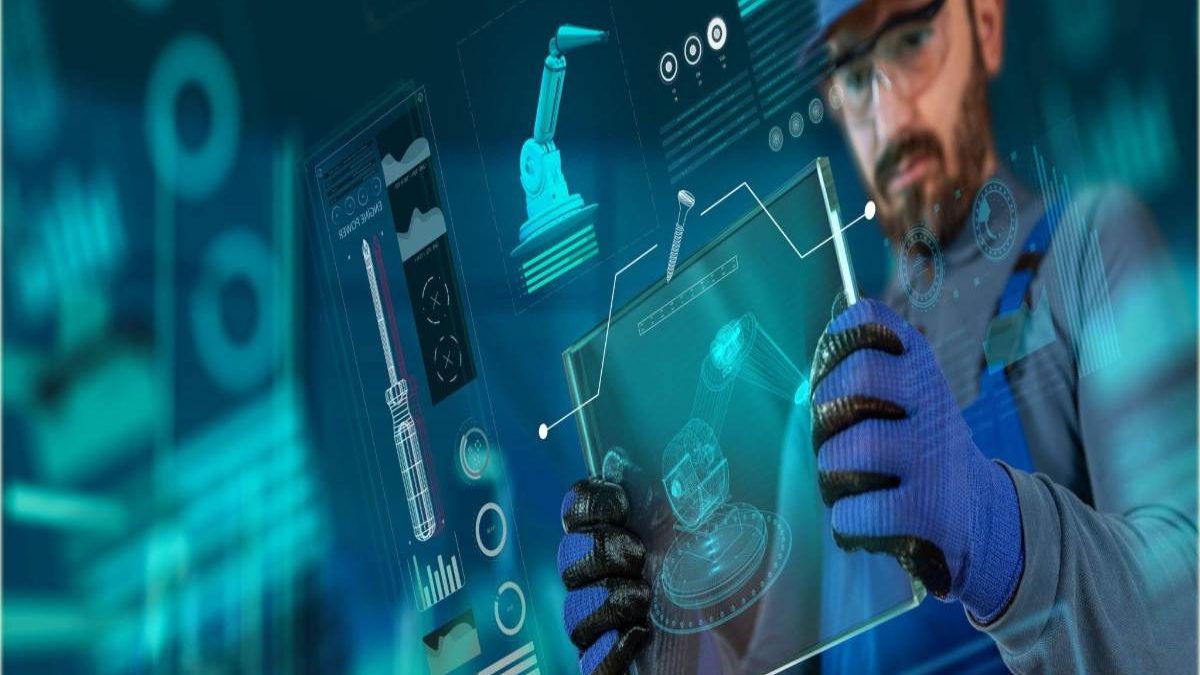As technology continues to advance at a rapid pace, the field of software testing is also evolving. Two of the most popular methods of testing are automation and manual testing. While both have their advantages and disadvantages, it’s important to understand the differences between the two and how they can impact the testing process.
In this article, we will examine manual vs automated testing, exploring the advantages of automation and its limitations and benefits of manual testing while addressing the potential downsides, such as its tendency to be time-consuming and prone to human error. Read on as we dive into the future of testing and explore which method might be best suited for your specific needs. We’ll also examine the impact of emerging technologies, such as artificial intelligence and machine learning, on the future of testing.
Table of Contents
Merits and Demerits of Manual Testing
The conventional way of manual testing involves human testers manually executing test cases. Testers generally use pre-defined test cases to verify that the software operates as expected. Manual testing has benefits, such as testing complex scenarios that automated testing cannot handle. However, manual testing is a time-intensive process that can take several days or weeks to complete, depending on the software’s size. Additionally, manual testing is susceptible to human error, as testers may overlook critical defects due to tiredness or lack of attention to detail. Moreover, manual testing is not expandable since it requires recruiting additional testers for larger projects.
Merits and Demerits of Automated Testing
Automated testing comprises utilizing specific software instruments to execute pre-established assessments automatically. These instruments can replicate user engagements with the software and discover anomalies that might remain invisible to human testers. Automated testing offers multiple benefits, including faster testing cycles and greater precision rates. Nevertheless, automated testing has some drawbacks. It is unsuitable for examining intricate scenarios that demand human intuition and decision-making. Moreover, automated testing can also incur high costs for configuration and upkeep, necessitating specialized software and hardware tools.
The Future of Testing
The future of software testing heavily relies on integrating new technologies like artificial intelligence (AI) and machine learning. Automating tasks typically performed by human testers, such as defect identification and test case generation, will make automated testing faster, more accurate, and more scalable. One of the most promising applications of AI and machine learning in testing is the automatic generation of test cases. Through analysing the software code and identifying potential defects, AI algorithms can automatically generate test cases, ultimately reducing testing time and improving the overall quality of software.
Conclusion
To sum up, the future of testing is intertwined with integrating new technologies like AI and machine learning. Automated testing is poised to become faster, more precise, and highly scalable, making it a preferred option for testing massive software projects. Nevertheless, manual testing will still be pertinent for examining intricate scenarios and software that demands human interaction. Ultimately, choosing between manual and automated testing will rely on the software’s requirements. Consider Opkey’s test automation software for automated testing, which is tailored to meet such needs.

